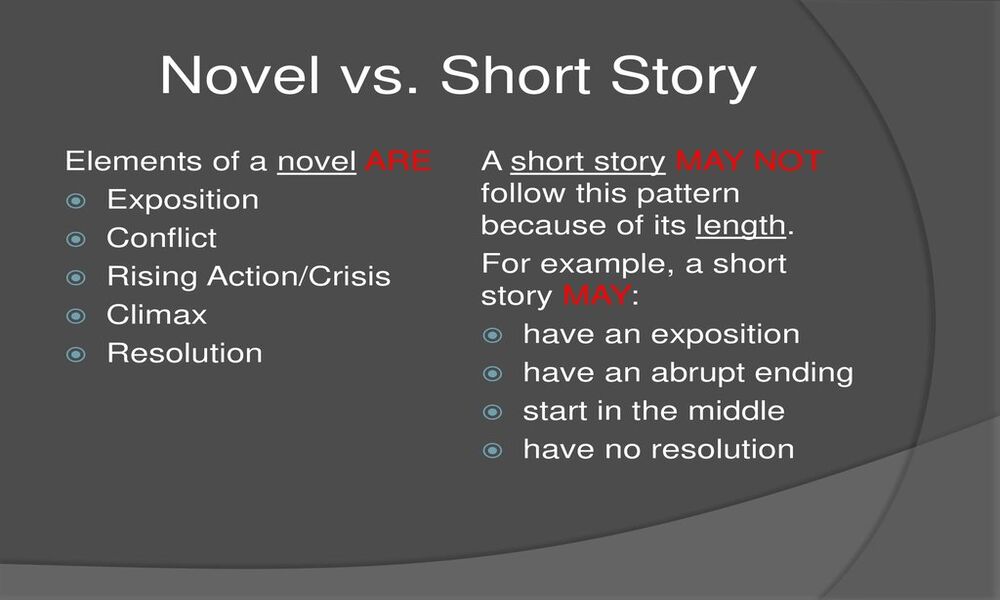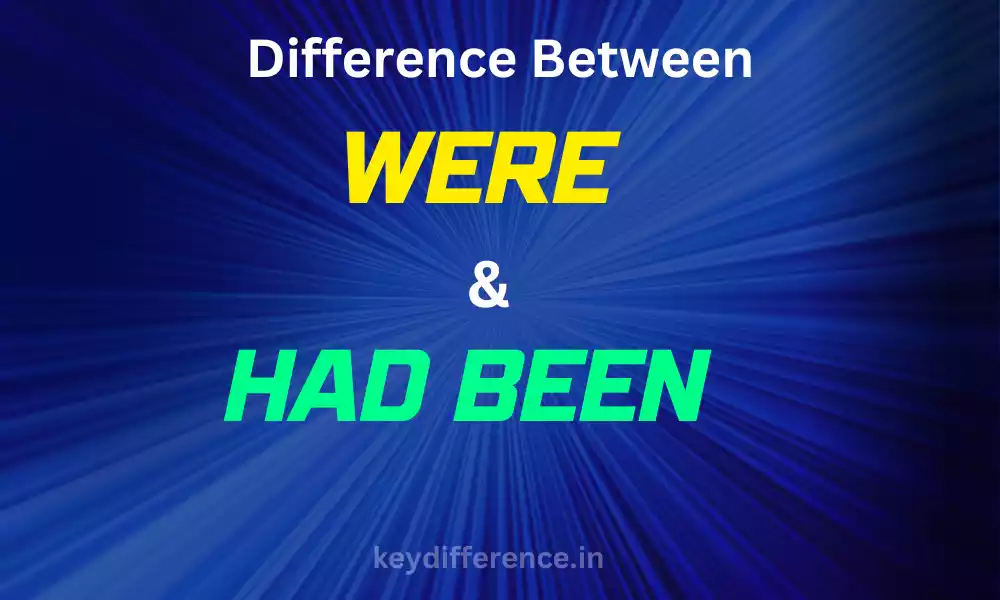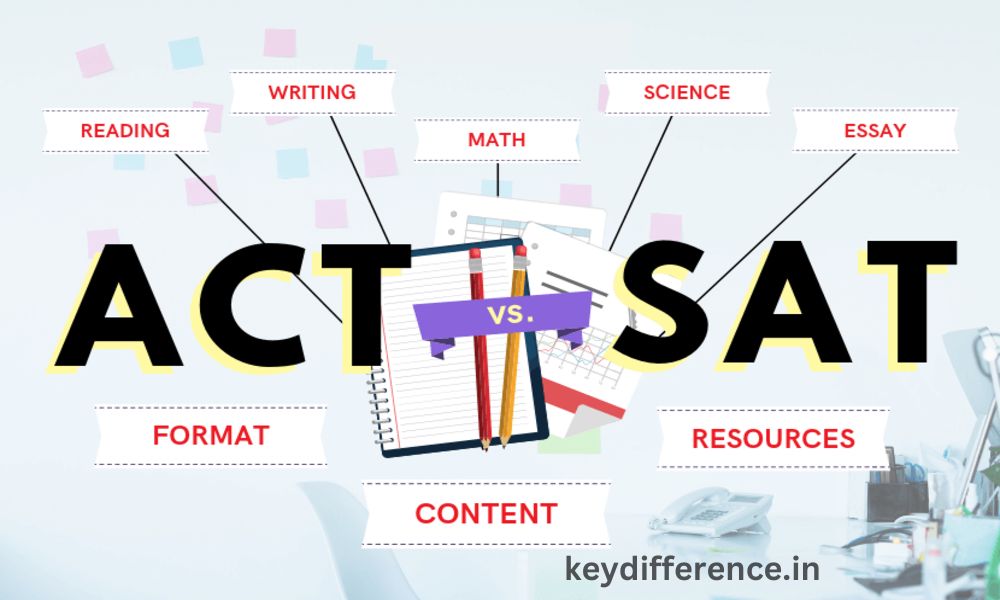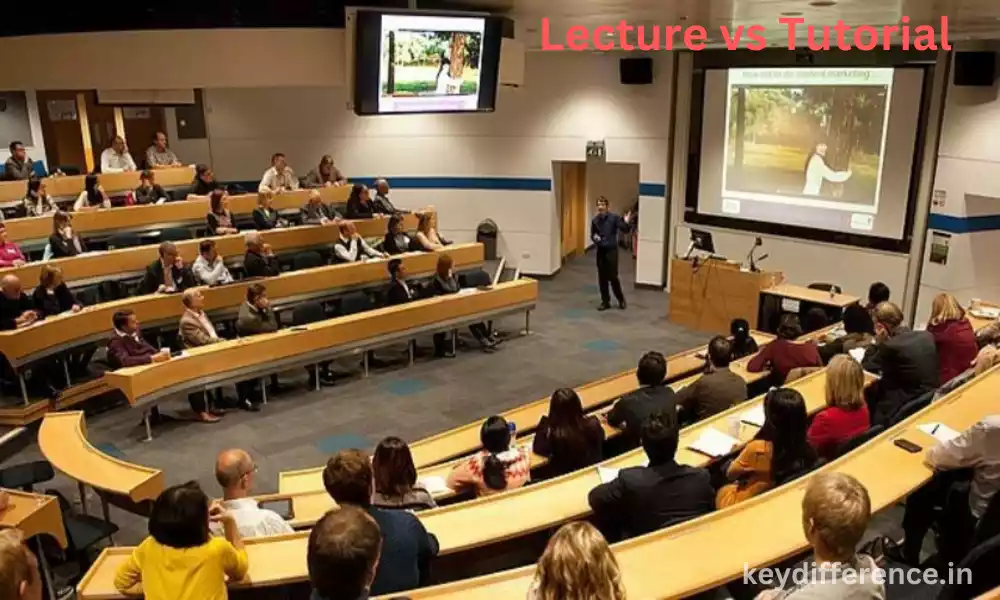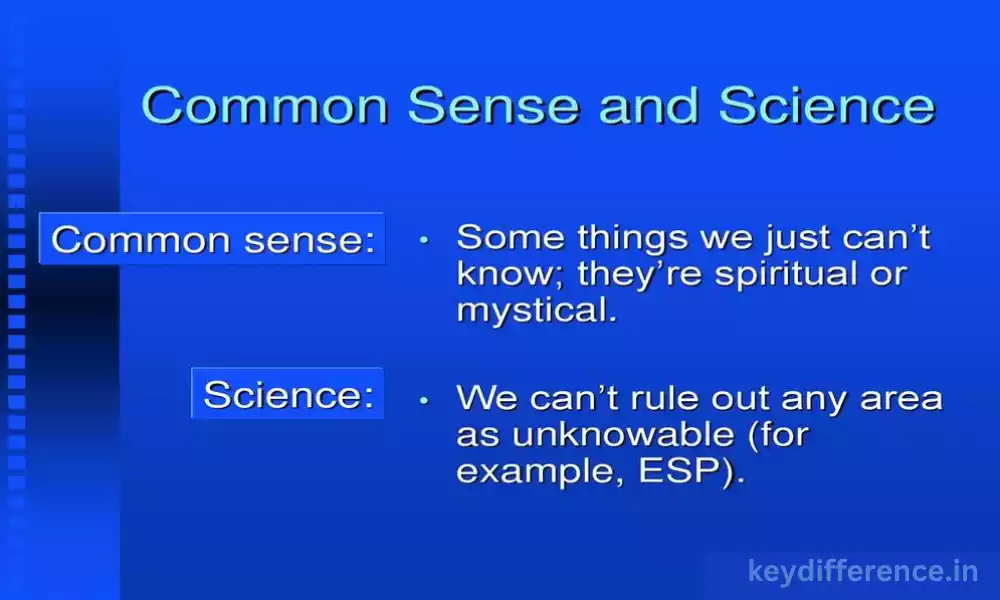Introduction of Novel and Short Story
A short story is a fictional prose narrative of a shorter duration that focuses on an event or moment.
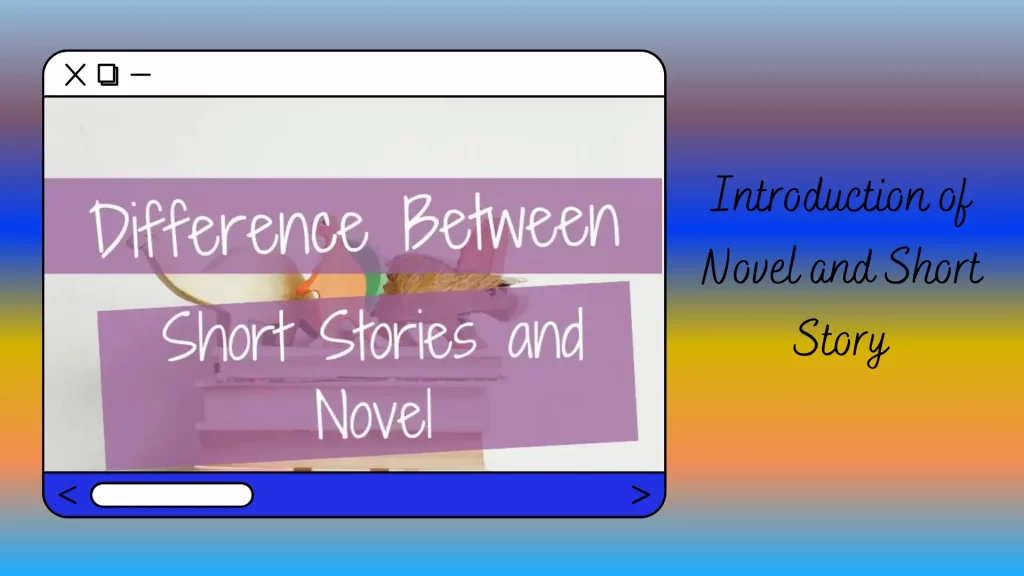
Novel and Short Story are both forms of fiction. Novels are longer and more complex than short stories, but they have different focus, length and complexity. Novels tend to have more characters, and explore more themes. They usually focus on a particular event or period.
Novel and Short Story are enjoyed by people of all ages. The literary value of short stories is more important than their entertainment value.
Novels, short stories, and poetry all have their own distinct characteristics.
- The length: Short stories tend to be shorter than novels. A novel can range between 50,000 and 100,000 words, while short stories usually have 1,000 to 10,000 words.
- Complexity: Novels are more complex because they have multiple characters, plots and themes. Short stories are usually characterized by a single character, plot or theme.
- The focus: Novels are usually based on a character’s journey over time, while short stories tend to focus on a particular event or moment.
What is a novel?
A long fictional story. Modern novels are written with literary prose. Cheap paper and advances in printing in the 15th century encouraged the development of novellas in prose.
There are several characteristics to a novel:
- Fictional Narratives: This is often used to differentiate a novel from historical writing. However, this can cause problems.
- Plot: The plot of a novel usually has two parts: a beginning and middle.
- Characters: Characters in a story can be either people or animals. Characters usually develop through dialogue, actions and thoughts.
- Setting: Setting is the time and place where the story takes place. The setting can have a significant impact on the mood and atmosphere of the story.
- Theme: A theme can be explored through characters, plots, settings, and dialogue.
- Point-of-View: A story’s point-of-view is the perspective that is used to tell it. The perspective may be first-person, third-person-omniscient or limited third-person.
- Style: Style is the way a novel is written. The voice of the author can influence the style as well as language and structure.
There are several different genres of novels:
- Romance : A novel focusing on the relationship between two people.
- Mystery: A mystery book is a novel in which the protagonist must solve a criminal case.
- Thriller: A thriller is a novel that has a lot of suspense.
- Horror: A horror book is a book that scares its readers.
- Science fiction: Science Fiction is a fictional novel that takes place in the future or in a fictional universe.
- Fantasy: A fantasy novel is a novel that takes place in a magical setting.
- Historical fiction: A historical fiction is fiction set in the past.
- Literary fiction: A novel that is written in a style of elegance and explores complex subjects is called literary fiction.
Novels can be written for a wide range of audiences:
- Adult Novels: Novels for adults are usually written in a more advanced style and deal with mature themes.
- Young adult novel: Novels for young adults typically deal with themes that are relevant to young people, such as relationships and growing up.
- Children: Children’s novels tend to be shorter and simpler in comparison with those written for young adults and adults.
You can read a book for many reasons, including
- Enjoyment: Reading novels is a great escape from the everyday grind.
- Escape: Novels can be a wonderful way to experience new things and escape.
- Learning: Novels can be a good way to discover more about different cultures, historical periods, and lifestyles.
- Inspiration: Novels are a great way to inspire readers to reflect and make positive changes in their lives.
- Connection: Novels can be a wonderful way to connect and communicate with others.
Novels are enjoyed by all readers. They provide entertainment, escape, inspiration, and connection.
What is a short story?
They are usually written in simple, straightforward style. They tend to have a simple, straightforward style that allows the reader to focus on the story.
Short stories were popularized in the 19th century. In the 19th century, short stories were popularized by Guy de Maupassant and Nathaniel Hawthorne. Ernest Hemingway, F. Scott Fitzgerald, and James Joyce are some of the most famous short story writers during this era.
In writing classes for creative writing, students are frequently encouraged to use short stories as a way of practicing their writing.
Here’s a list of the key elements in a short story:
- The plot: is the sequence of events that make up a short story. The plot of a short story usually has two parts: a beginning and middle.
- Characters: The characters are the people or animals who inhabit the story. Characters can be developed through their actions, thoughts, and dialogue.
- Settings: A story’s setting can have a significant impact on the mood or atmosphere created.
- Theme: The central idea or message of a story can be explored through characters, plot, setting, and dialogue.
- Viewpoint: A viewpoint is a perspective used to tell stories. Viewpoints can be first-person, third-person-omniscient, or third-person-limited.
- Type: The style of a short story is determined by its writing. Language, structure and the author’s voice all affect style.
Reading short stories has many benefits.
- Entertainment: Leisure Short stories can be a great way to take a break from your daily life.
- Escape : Tales can help readers escape their everyday lives and discover something new.
- Learning: Stories can teach you about different cultures, historical periods, and lifestyles.
- Inspiration: Stories that inspire you to make changes in your life.
- Connection: Short stories can connect readers with others and the rest of the world.
Short stories are enjoyed by people of all ages and interests. You can use them for inspiration, education, entertainment and connection.
What are the similarities between Novel and Short Story?
Narrative fiction includes both novels and short stories. Both share many similarities.
- Characters: Characters are humans or animals who inhabit the story. Characters can be developed through their thoughts, actions and dialogue.
- Plot: The plot of a novel usually has two parts: a beginning and middle.
- Settings: A story’s setting is the time and place where it takes place. The setting can be a key factor in creating the mood and atmosphere of a story.
- Theme: The central idea or message of a story can be explored through characters, plot, setting, and dialogue.
- Viewpoint: A viewpoint is a perspective used to tell stories. Viewpoints can be first-person, third-person-omniscient or limited.
- Type: The style of a novel or short story is determined by how it is written. Language, structure and the author’s voice are all factors that can influence the style.
There are some differences between short stories, novels and both. Short stories range from 1,000 to 20,000 words. Short stories can range between 1,000 and 20,000 words. This allows for more complex plots to be developed, as well as more characters.
Novels, on the other hand, have more space to provide a great deal of information about characters and plots. Novels have more room to include a lot of information, such as plots, characters, settings, themes and more.
Short stories are usually aimed at children, while novels are primarily written for adults. Short stories can be written for a variety of audiences, including teenagers and adults.
Short stories and novels share many similarities. However, there are differences such as length, level and audience.
What are the differences between Novel and Short Story?
Novels and short stories both fall under the category of narrative fiction. They differ in their length, structure and goals. Short stories tend to be shorter and more focused, while novels are longer and more complex.
This table summarizes the main differences between Novel and Short Story:
| Features | Novel | Short Story |
|---|---|---|
| Length | The average word count ranges between 50,000 to 100,000 words | The average number of words is between 1,000 and 20.000 |
| Plot | More Complex | Simpler |
| Characters | More developed | Less developed |
| Setting | Wider range | Narrower range |
| Theme | Multi-themes | Single Theme |
| Point of view | Varied | Single Point View |
| Style | Varied | More Realistic |
Your personal taste will determine the best fiction. If you enjoy longer stories with a wide range of characters, you will probably like novels. A short story is a great choice if your preference is for shorter stories with a focus on one theme or idea.
Here are some additional details about the differences between Novel and Short Story:
- Length: Novels can be between 50,000-100,000 words, while short stories can range from 1,000-20,000. This difference allows novels to explore more complex plots and characters. Short stories are usually centered around a single person or event.
- Plot The plot of a novel is more complex. A novel can have multiple subplots, while a short story usually has just one.
- Characters: A short story will have fewer than a novel. Novels can have hundreds, or even dozens, of characters. Short stories usually have only a few characters.
- Setting: Novels can be set in multiple locations and at different times. A short story, on the other hand, is typically set in a single location.
- Theme Most novels explore more complex themes compared to stories. While a novel can explore multiple themes, a story usually focuses on just one.
- Point of view:The point-of-view is the way in which a novel is told. Novels can be told from a first-person, third-person limited or third-person omniscient perspective. Short stories, however, are typically told only one-sidedly. Most often, this is the first-person or third person limited.
- Style Novels can be written in different styles, including science fiction and magic realism. Most short stories are written in a more realistic style.
Here is an example:
- Novels: The novels “Pride and Prejudice”, written by Jane Austen, and “The Lord of the Rings”, written by J.R.R. Tolkien. F. Scott Fitzgerald’s “The Great Gatsby”, Harper Lee’s “To Kill a Mockingbird”, and J.D. Salinger’s Catcher in the Rye “.
Short Stories: The Lottery, The Necklace and The Most Dangerous Game. John Steinbeck. Richard Connell. The Yellow Wallpaper.
History of Novel and Short Story
Novel and Short Story have a long and complex history dating back to ancient times. The earliest form was oral tales that were passed down from generation to another. Based on myths and fables, these stories served to entertain and educate people.
The first novels were written in the 17th century. They quickly became popular. They allowed readers to discover a new world of literature and writers to explore complex themes and character. Early novels include Miguel de Cervantes’ Don Quixote (1605), Daniel Defoe’s Robinson Crusoe (1719) and Jane Austen’s Pride and Prejudice (813).
Short stories were popular in the 19th century. They are shorter than novels, and they often focus on a single event or character. Edgar Allan Poe penned “The Tell-Tale Heart”, Guy de Maupassant wrote “The Necklace”, and Anton Chekhov wrote “The Lady with the Dog”.
The two fiction forms have evolved throughout the years and are still popular today. While short stories tend to be more concise and focused, novels allow readers to escape into another world and explore different themes. Both are enjoyed by readers at any age.
A few key figures have dominated the history of novels and short stories:
- Miguel de Cervantes is the Spanish author of Don Quixote, one of the earliest novels.
- Daniel Defoe was an English author who wrote Robinson Crusoe, among other early novels.
- Jane Austen, an English author known for Pride and Prejudice.
- Edgar Allan Poe is an American writer of short stories such as “The Tell-Tale Heart”, “The Raven” and other works.
- Guy de Maupassant is a French author who has written short stories such as “The Necklace (The Bet)” and “The Bet”. “
- Anton Chekhov is a Russian writer of short stories, including “The Lady with the Dog”, and “The Death of Ivan Ilyich”.
These authors contributed to the creation of the novel. Their stories and ideas are still very popular.
Minimal Exposition and Background Details
A reader might feel confused or intrigued, and continue to read to find out more.
You can incorporate minimal exposition in a story by starting it right at the middle. This can create a sense of urgency and excitement, and can make the reader want to find out more.
Minimal exposition is key. Too little can cause the reader to become lost or confused. A balance must be found between providing enough information to engage the reader and not giving them too much information, which can ruin the suspense or mystery.
Minimal exposition is your best friend:
- Tell your story from the middle.
- Introduce characters, settings and scenes slowly.
- Use dialogues to reveal more about characters and settings.
- Use vivid descriptions to create a vivid picture of the setting in which your story takes place.
- Don’t give out too much information.
Use these tips for minimal exposition to create an atmosphere of mystery, suspense, and excitement in your writing.
Here are some examples of novels
Here is a list of novels you may enjoy:
- Classics
- F. Scott Fitzgerald’s “The Great Gatsby “.
- Harper Lee’s “To Kill a Mockingbird”.
- Tolkien Tolkien
- Salinger’s “The Catcher in the Rye”, by J.D. Salinger
- Jane Austen’s “Pride and Prejudice”.
- Fyodor D. Dostoevsky’s “Crime and Punishment”.
- Leo Tolstoy’s “Anna Karenina”.
- Herman Melville, “Moby-Dick”,
- William Shakespeare’s “Hamlet”.
- Homer’s “The Odyssey”
- Modern
- Margaret Atwood’s “The Handmaid’s Tale”,
- Alice Walker’s “The Color Purple”
- Toni Morrison, “Beloved”,
- Gabriel Garcia Marquez “One Hundred Years of Solitude”,
- The Kite Runner (Khaled Hosseini) HTML0
- Suzanne Collins “The Hunger Games”, Suzanne Collins
- Stieg Larsson’s “The Girl with the Dragon Tattoo”.
- Andy Weir’s “The Martian”,
- Paula Hawkins “The Girl on the Train”,
- “Gone Girl” (Gillian Flynn)
- Genre
- Douglas Adams’s “The Hitchhiker’s Guide to the Galaxy”.
- Tolkien
- Arthur Conan Doyle’s “The Hound of the Baskervilles”, a mystery.
- Romance: Jane Austen’s “Pride and Prejudice”
- John Steinbeck’s “The Grapes of Wrath”, an historical fiction.
- Stephen King’s “The Shining”
- Stieg Larsson’s “The Girl with the Dragon Tattoo”, an exciting thriller
- Suzanne Collins’ “The Hunger Games”, dystopian novel
- Autobiography of Malcolm X & Alex Haley
Here are some examples of short stories
Below are some examples of short stories.
- Classics
- Shirley Jackson’s “The Lottery”.
- Richard Connell “The Most Dangerous Game”
- Guy de Maupassant, “The Necklace”,
- Charlotte Perkins Gilman’s “The Yellow Wallpaper”,
- John Steinbeck’s “The Chrysanthemums”
- Modern
- Ray Bradbury’s “The Veldt”
- Shirley Jackson’s “The Lottery”
- The Monkey’s paw by W.W. Jacobs
- O. Henry, “The Gift of the Magi”, page
- Guy de Maupassant, “The Necklace”
- Genre
- Ray Bradbury “The Veldt”, Science Fiction
- Fantasy: W.W. Jacobs’ “The Monkey’s Paw”
- Arthur Conan Doyle’s “The Hound of the Baskervilles”, a mystery.
- Romance in O. Henry’s “The Gift of the Magi”
- John Steinbeck’s historical novel “The Chrysanthemums”.
- Shirley Jackson’s “The Lottery”, A Horror Story
- Richard Connell’s “The Most Dangerous Game”, is a thriller.
- Margaret Atwood’s dystopian novel “The Handmaid’s Tale”.
There are so many choices that you’re sure to find something for everyone.
Below are some additional details about each story I’ve mentioned:
- The Lottery tells of a community that holds an annual lottery. A young girl is excited to participate but realizes there is something wrong. The lotto is a deadly ritual, and the girl’s father is chosen to be stoned.
- The Most Dangerous Game tells the story of a shipwrecked hunter who is on an island. He discovers the Russian general is hunting him. The Russian general hunts humans for sport.
- The Necklace: The Necklace is about a young woman who marries a clerk. She wants to have a beautiful necklace. Her husband gives her one that is fake. She feels ashamed and buys a replica to replace the lost necklace.
- The Yellow Wallpaper: The Yellow Wallpaper is a short story about a postpartum woman who suffers from depression. Her husband confines her to her room, believing that she must rest.
- The Chrysanthemums: John Steinbeck’s short story The Chrysanthemums tells the story of a woman who is frustrated by her husband’s indifference. Her husband is only interested in his career and destroys her garden.
Conclusion of Novel and Short Story
In the end of a novel or short story, the character’s journey is concluded. It should also resolve any loose threads and give the reader closure.
You can write your conclusion in many different ways. There are some things you must include:
- Resolving conflict: The conflict in the story should be resolved. It can be done differently depending on the genre. For example, a romance story may end with characters getting married. A story about an adult protagonist may conclude with him or her learning a valuable lesson or achieving a goal.
- The journeys of characters are brought to a close in the conclusion. Showing the character’s change or growth as a result of their experiences is one way of doing this. A character who struggles with addiction could have a conclusion that shows how they overcome their addiction and find happiness.
- Leaving the reader with a sense of closure: If you want to make your reader feel good, give them a satisfying ending. Characters may achieve their goals or have learned an important lesson.
The end of a novel or short story is an important part of the story. An author has a last chance to impress their reader. A conclusion should be well written, satisfying, and leave the audience feeling satisfied.

